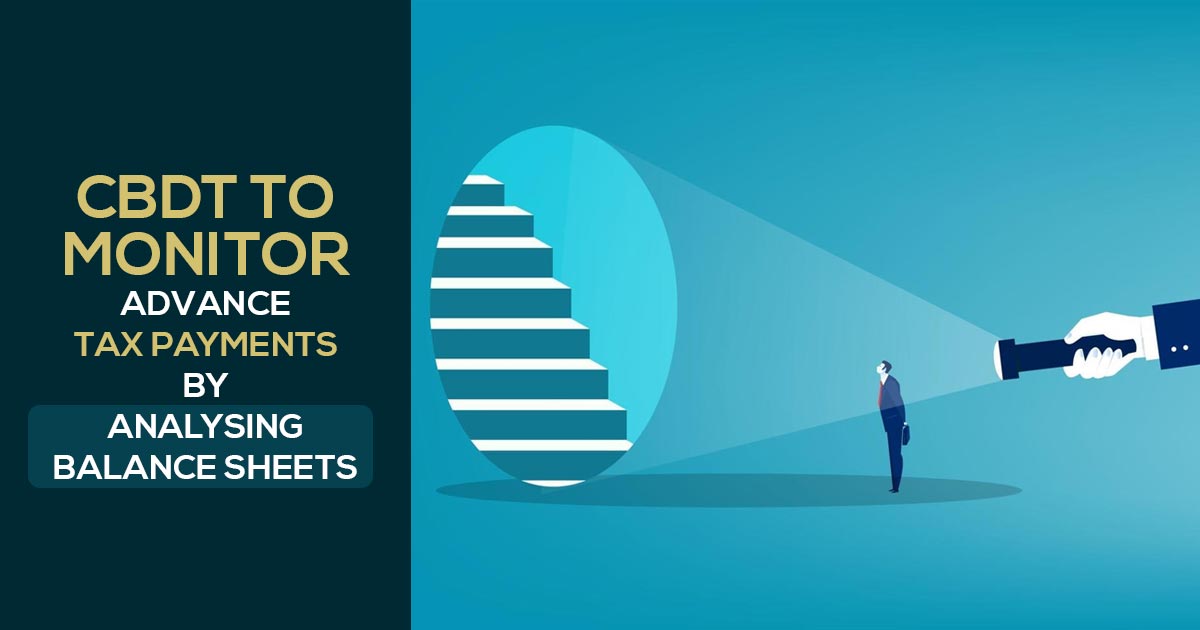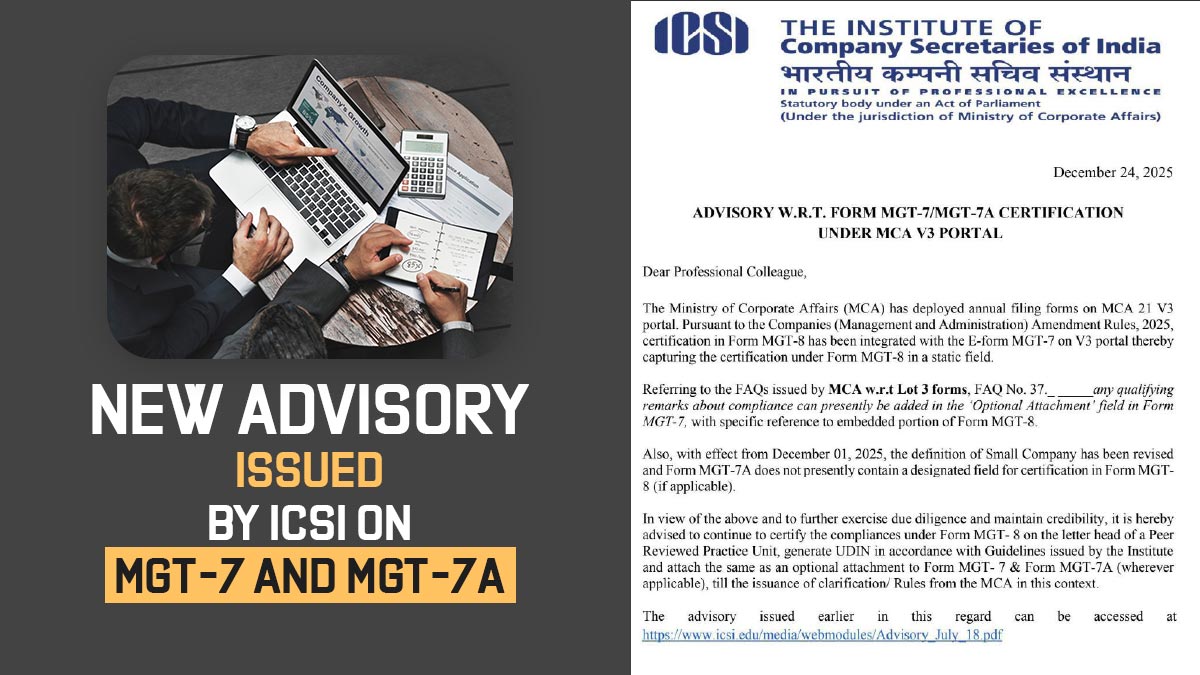
The Income Tax Department, taking a move to make sure companies do not adjourn their tax liabilities for the financial year, so it has been decided to monitor advance tax payments by assessing India Inc’s annual and quarterly balance sheets along with sectoral growth trends.
As per the IT department’s central action plan for 2023-24, financial statements of the top 100 listed companies in their last published annual reports, and quarterly reports throughout the year, will be examined. Senior officials will keep their eyes on advance tax collections of their charges following the conclusion of the study. The officials have also been requested to concentrate on “notes” and observations on financial accounts, if any.
The tax department will reportedly also look at growth patterns in a few industries, including financial services, pharmaceuticals, steel, mining, real estate, and gem and jewellery. A tax official who wished to remain anonymous said that It is pertinent to examine the balance sheets of businesses of each sector to know whether the payments made by them are in correspond to their earning point of view.
On June 15, businesses would make their first advance tax payment. Additionally, a plan has been developed to prioritise thorough account investigation before issuing a tax demand and to give particular attention to the collection of arrears.
Two informed officials say the goal is to broaden and deepen tax bases. I-T will review companies’ annual and quarterly financial statements as part of their revenue maximisation plan.
- Pay close attention to any observables or notes on the balance sheet.
- Encourage businesses not to adjourn their tax liabilities.
- Review industry growth patterns to improve mapping.
- The action plan is anticipated to raise the taxpayer base by 10% in 2023–2024, with a focus on improving tax collected at source and using the enforcement mechanism to detect tax evasion.
After Tax Deducted at Source (TDS), every person (individual, firm, or company) whose anticipated tax due for the year is Rs 10,000 or more is required to pay tax in advance during the same financial year. Amounts due for advance tax have to be paid in instalments: 15% by June 15 of the fiscal year, 30% by September 15 and December 15, and the balance by March 15.
The central action plan states that actual direct tax receipts for 2022–2023 were Rs 16.26 trillion as opposed to the previously revised projection of Rs 16.5 trillion. Out of this, 8.2 trillion rupees were paid in corporation tax, 7.68 trillion rupees in personal income tax, and Rs 29,700 million in securities transaction tax. The total amount of direct tax receipts for the current fiscal year is projected to increase by 9.6 per cent to Rs 18.2 trillion.
Notably, the tax department requested a review of the payments made by the top advance taxpayers for the quarter during the September-December quarter of 2022–23. According to sources, the government intended to make sure that businesses were aware of their advance tax liabilities based on their earnings and profits. According to the official quoted above, the evaluation this year was to begin in the first quarter itself because the payments for the January-March quarter were not up to pace.









